| Structure | Name/CAS No. | Articles |
|---|---|---|
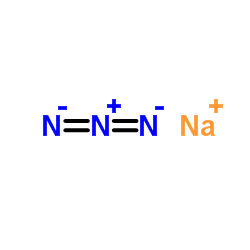 |
Sodium azide
CAS:26628-22-8 |
|
 |
ammonium persulfate
CAS:7727-54-0 |
|
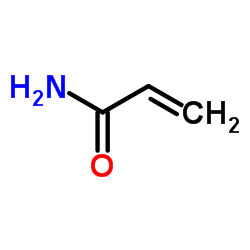 |
Acrylamide Crystals
CAS:79-06-1 |
|
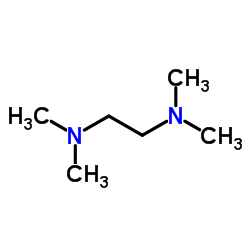 |
TMEDA
CAS:110-18-9 |
|
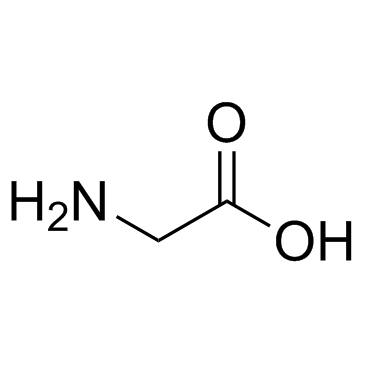 |
Glycine
CAS:56-40-6 |
|
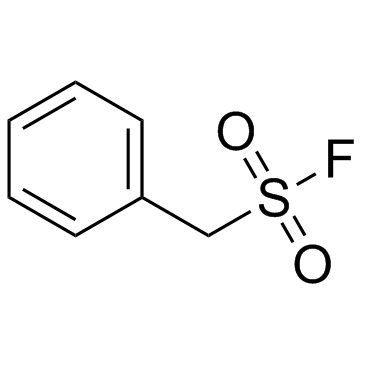 |
PMSF
CAS:329-98-6 |
|
 |
Benzene-1,4-diammonium chloride
CAS:624-18-0 |
|
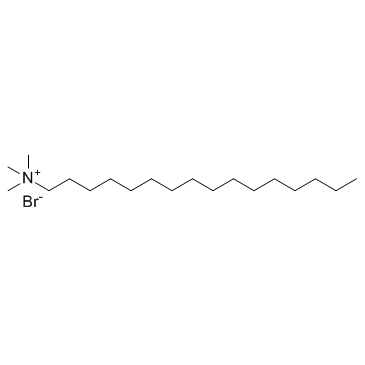 |
Hexadecyl trimethyl ammonium bromide
CAS:57-09-0 |
|
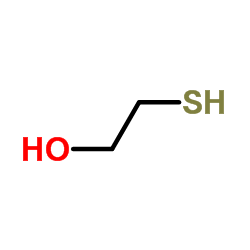 |
mercaptoethanol
CAS:60-24-2 |
|
 |
Glycerol
CAS:56-81-5 |